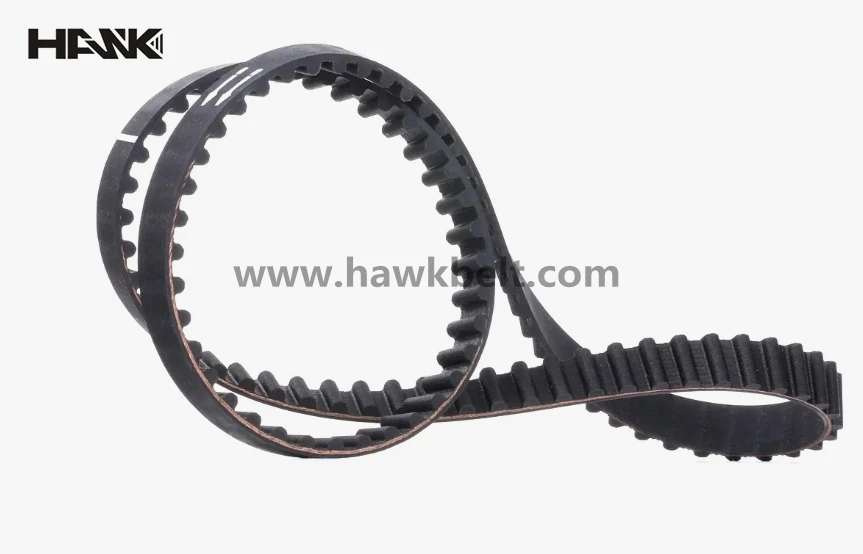- Arabic
- French
- Russian
- Spanish
- Portuguese
- Turkish
- Armenian
- English
- Albanian
- Amharic
- Azerbaijani
- Basque
- Belarusian
- Bengali
- Bosnian
- Bulgarian
- Catalan
- Cebuano
- Corsican
- Croatian
- Czech
- Danish
- Dutch
- Afrikaans
- Esperanto
- Estonian
- Finnish
- Frisian
- Galician
- Georgian
- German
- Greek
- Gujarati
- Haitian Creole
- hausa
- hawaiian
- Hebrew
- Hindi
- Miao
- Hungarian
- Icelandic
- igbo
- Indonesian
- irish
- Italian
- Japanese
- Javanese
- Kannada
- kazakh
- Khmer
- Rwandese
- Korean
- Kurdish
- Kyrgyz
- Lao
- Latin
- Latvian
- Lithuanian
- Luxembourgish
- Macedonian
- Malgashi
- Malay
- Malayalam
- Maltese
- Maori
- Marathi
- Mongolian
- Myanmar
- Nepali
- Norwegian
- Norwegian
- Occitan
- Pashto
- Persian
- Polish
- Punjabi
- Romanian
- Samoan
- Scottish Gaelic
- Serbian
- Sesotho
- Shona
- Sindhi
- Sinhala
- Slovak
- Slovenian
- Somali
- Sundanese
- Swahili
- Swedish
- Tagalog
- Tajik
- Tamil
- Tatar
- Telugu
- Thai
- Turkmen
- Ukrainian
- Urdu
- Uighur
- Uzbek
- Vietnamese
- Welsh
- Bantu
- Yiddish
- Yoruba
- Zulu
Dec . 07, 2024 00:02 Back to list
12pk Fan Belt Replacement for Enhanced Vehicle Performance and Durability
Understanding the Importance of the 12PK Fan Belt in Automotive Applications
When it comes to vehicle maintenance, one often overlooked component is the fan belt, specifically the 12PK fan belt. A crucial part of a car's serpentine belt system, the fan belt plays an essential role in ensuring the vehicle operates efficiently and effectively. In this article, we will delve into the significance of the 12PK fan belt, its functions, how to identify issues, and the best practices for maintaining it.
What is a 12PK Fan Belt?
The 12PK designation refers to the specific size and configuration of the fan belt. The 12 indicates the number of ribbed grooves on the belt, while PK signifies it is part of the Poly-V or serpentine belt system. This design has become the standard for modern vehicles due to its efficiency in powering multiple components such as the alternator, water pump, power steering pump, and air conditioning compressor.
The 12PK fan belt is typically made from a durable rubber material, which allows it to withstand the rigors of consistent motion and varying temperatures. As one of the key elements in a vehicle's operation, ensuring the fan belt is in optimal condition is critical for the overall health of the automobile.
Functions of the 12PK Fan Belt
The primary function of the 12PK fan belt is to transfer power from the engine to various components. For instance, as the engine runs, it spins the crankshaft, which in turn moves the fan belt. This rotation drives the pulleys attached to other engine components. A well-functioning fan belt ensures that all related systems—like the electrical system, cooling system, and air conditioning—operate smoothly.
Moreover, proper tension in the fan belt is crucial. If the belt is too loose, it can slip and fail to drive the necessary components, which could lead to overheating or reduced battery charging. Conversely, if the belt is too tight, it may strain the pulleys and cause premature wear on both the belt and the driven accessories.
Identifying Issues with the Fan Belt
Detecting problems associated with the 12PK fan belt early can save vehicle owners significant time and money. Common symptoms of a failing fan belt include squeaking or squealing noises, particularly during engine start-up or when the air conditioning is turned on. This noise typically indicates that the belt is loose or worn.
fan belt 12pk

Another sign of fan belt troubles is visible wear and tear, such as cracks, fraying, or missing chunks in the belt surface. Regular inspection of the fan belt is recommended, ideally during routine maintenance visits. Mechanics will check the tension using specialized tools and may adjust it or recommend replacement if any signs of damage or excessive wear are present.
Best Practices for Maintenance
Maintaining the 12PK fan belt is relatively straightforward, but regular checks are crucial for longevity. Here are some best practices to consider
1. Regular Inspections Schedule routine checks of the fan belt during oil changes or service intervals. This will help catch any potential issues before they lead to larger, more expensive repairs.
2. Keep it Clean Ensure that the fan belt and the surrounding pulleys are free from oil, dirt, and debris. Contaminants can lead to quicker wear and may compromise the effectiveness of the belt.
3. Pay Attention to Tension If the fan belt appears loose, it may require adjustment. However, this should be done by a professional to avoid causing damage.
4. Use Quality Parts When replacing the fan belt, opt for high-quality OEM (Original Equipment Manufacturer) parts or reputable aftermarket options to ensure compatibility and durability.
5. Stay Informed Keep track of your vehicle's manual for specific maintenance intervals related to the fan belt. Additionally, being informed about your vehicle’s performance can alert you to changes that may require immediate attention.
In conclusion, the 12PK fan belt is a vital component of any automobile's operation. By understanding its role, recognizing the signs of wear, and adhering to best maintenance practices, vehicle owners can ensure their cars run smoothly for years to come. Regular attention to the fan belt not only boosts vehicle performance but also enhances safety and efficiency on the road.
-
Korean Auto Parts Timing Belt 24312-37500 For Hyundai/Kia
NewsMar.07,2025
-
7PK2300 90916-T2024 RIBBED BELT POLY V BELT PK BELT
NewsMar.07,2025
-
Chinese Auto Belt Factory 310-2M-22 For BMW/Mercedes-Benz
NewsMar.07,2025
-
Chinese Auto Belt Factory 310-2M-22 For BMW/Mercedes-Benz
NewsMar.07,2025
-
90916-02660 PK Belt 6PK1680 For Toyota
NewsMar.07,2025
-
drive belt serpentine belt
NewsMar.07,2025

